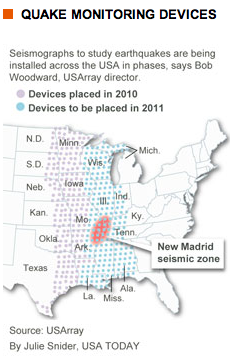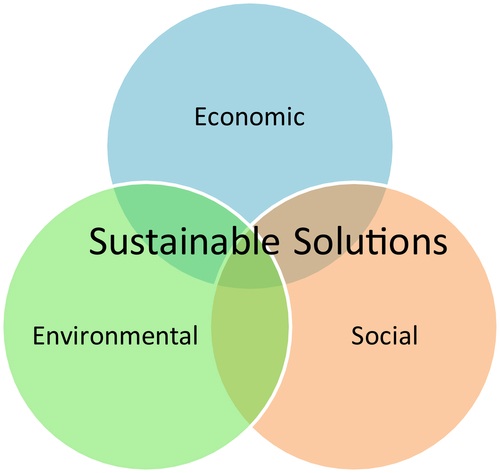
With the economy on a slow climb back to (hopefully) pre-recession levels, many companies are seeing an improvement to their battered balance sheets. As Bloomberg Businessweek states, its list of the top 50 “is a reminder of the American economy’s ceaseless ability to renew itself.”
Here is a snapshot of the top 10:
- Priceline.com
Surprised at this ranking? So was I, but it seems that this online discount travel agency has thrived thanks to CEO Jeffery H. Boyd‘s management. Boyd took the helm soon after September 11 and saved the company from what looked like a dismal death. The William Shatner-branded company “reinvented itself and went on to score a total return of 911.9% for shareholders over the past five years.”
. - Intuitive Surgical
This company is rocking in the “computer-assisted surgery market,” helping doctors remove tumors by looking at a monitor that shows robotic arms equipped with scalpels and needles. Its 2009 net income was recorded at $232.6 million.
. - Southwestern Energy
This domestic natural gas exploration and production company is enjoying the limelight (in both revenue and reputation) after its energy industry rival (oil) has been shown in a negative light recently.
. - Apple
A no-brainer here, Apple has consistently ranked high compared to other, high performing companies. As Boston Analytics company, Trefis, states, “sales of iPhones account for nearly half the stock’s value.”
. - Salesforce.com
A power player in the customer relationship management (CRM) software field since its founding in 1999, Salesforce.com has kept up with the continuously changing landscape of technology. The company is set to announce a “set of Facebook-like tools” that will allow users to share data in real time.
. - Express Scripts
This pharmacy benefits company has enjoyed reduced costs and increased profits due in part to CEO George Paz’s application of “behavioral economics” to encourage smarter consumer practices.
. - Flowserve
A dominant company within the diversified machinery industry, Flowserve has thrived by “selling and servicing valves, pumps, seals and other machinery for energy producers.”
. - FMC Technologies
Though 2009 was a prosperous year for this company’s offshore drilling and production technology, the current moratorium on offshore drilling may hurt its bottom line in the short-term.
. - Cliffs Natural Resources
As North America’s number one iron ore producer, this company has benefited from Chinese demand. CEO Joseph A. Carrabba “expects more than $1.5 billion in cash from operations in 2010.”
. - Amazon.com
A veteran in the realm of successful companies, Amazon.com just keeps improving. The company’s sales surged a whopping 28% last year.
For a complete listing Bloomberg Businessweek‘s ranking of the top 50 winning stocks in the S&P 500, click here.

 especially in the Pacific Northwest, an area that has experienced considerable seismic activity within the last several years. The information gathered will not only help scientists understand earthquakes, but will also educate residents of those areas about the dangers of such a catastrophe and could also lead to stricter building codes in such places.
especially in the Pacific Northwest, an area that has experienced considerable seismic activity within the last several years. The information gathered will not only help scientists understand earthquakes, but will also educate residents of those areas about the dangers of such a catastrophe and could also lead to stricter building codes in such places.